The largest of the United Arab Emirates (UAE) boasts an array of UNESCO World Heritage Sites as well as some of the country’s best-preserved fortresses, which showcase The country’s important geographical position over the centuries tells the story of the Emirate’s people’s connection to land and sea.
From the oasis town of Al Ain, where some of the most magical gems of generations have passed, comes the birthplace of Sheikh Zayed bin Sultan al-Nahyan, the country’s founder and first President, Al Ain is the place to enjoy the authentic culture and heritage of Abu Dhabi.
Known as the Garden City, Al Ain was once an important green oasis on the caravan route from the United Arab Emirates to Oman and is now home to a number of UNESCO-protected monuments.
Qasr Al Hosn

18th-century Hosn Palace, or Qasr al Hosn. Photo: CNN.
The 18th-century Hosn Palace, or Qasr al Hosn, began as a single watchtower in the 18th century and as the complex grew, eventually became the seat of power until the late 1960s.
Nataly Leslie, a tour guide in the emirate, said: “There are beautiful stories about the palace told by people who used to live around this place. The palace doors are always open to welcome everyone.”
Al Ain Oasis
The UAE’s first UNESCO site was the impressive Al Ain Oasis.
Located in the heart of what is known as the Garden City, the site dates back more than 4,000 years and is evidence of one of the earliest irrigation systems of modern times.
This system, known as the “falaj”, drew water from the nearby Hajar Mountains through a series of narrow waterways that are still visible today.
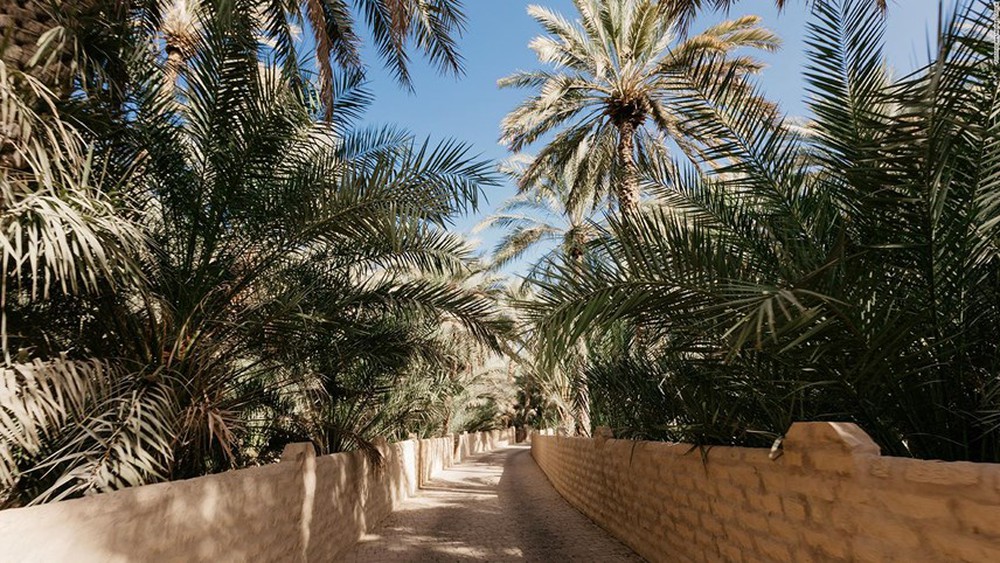
Al Ain Oasis: A peaceful forest with 147,000 date palms and ancient irrigation channels. Photo: CNN.
Hiking trails are all managed through the 1,200-acre site with over 147,000 date palms and over 100 date varieties.
The centuries-old “falaj” system was only updated in the 20th century with the introduction of pumps. An ecology center is also available for visitors to gain a deeper understanding of the ancient Bedouin irrigation system.
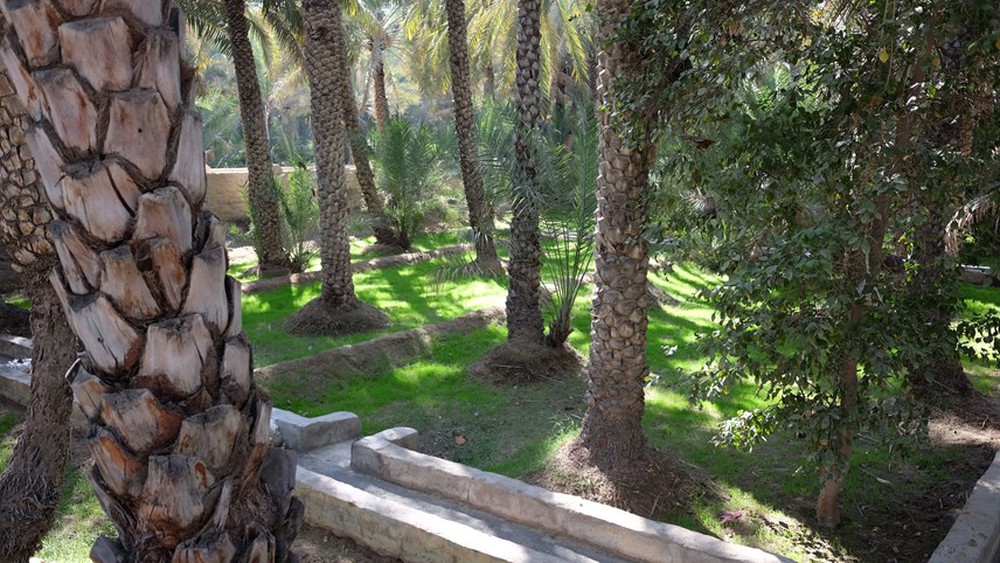
Al Ain is home to over 100 varieties of dates. Photo: CNN.
Billiards Bint Saud
A treasure trove for archeology enthusiasts, Bidaa Bint Saud, an ancient caravan site, lies 25 kilometers north of Al Ain.
This fascinating area was once inhabited by a huge community of farmers that stretched as far as the northern emirates, all using the area’s network of “falaj” irrigation systems, featuring modern buildings. rare ironworks and 5,000-year-old Bronze Age tombs as well as towering towers.
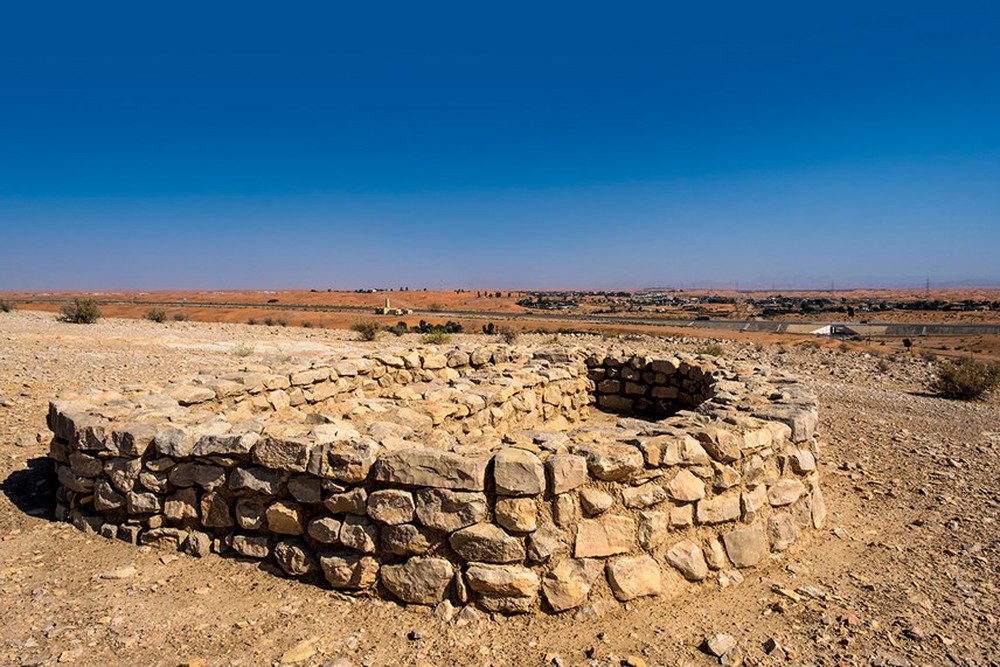
Bidaa Bint Saud: The tombs here date back 5,000 years. Photo: CNN.
This 40-meter-high rock rises above the landscape with several ancient rock tombs on top. Some of the excavations from the area, such as pottery, dagger blades, jewelry and bronze arrowheads, are now on display at the Al Ain National Museum.
Hili . Archaeological Park
Dating from the Bronze Age (from 3200 BC to 1300 BC) and the Iron Age (1300 BC to 300 BC), the area shows evidence of ancient life that once inhabited the deserts. desert in the area.
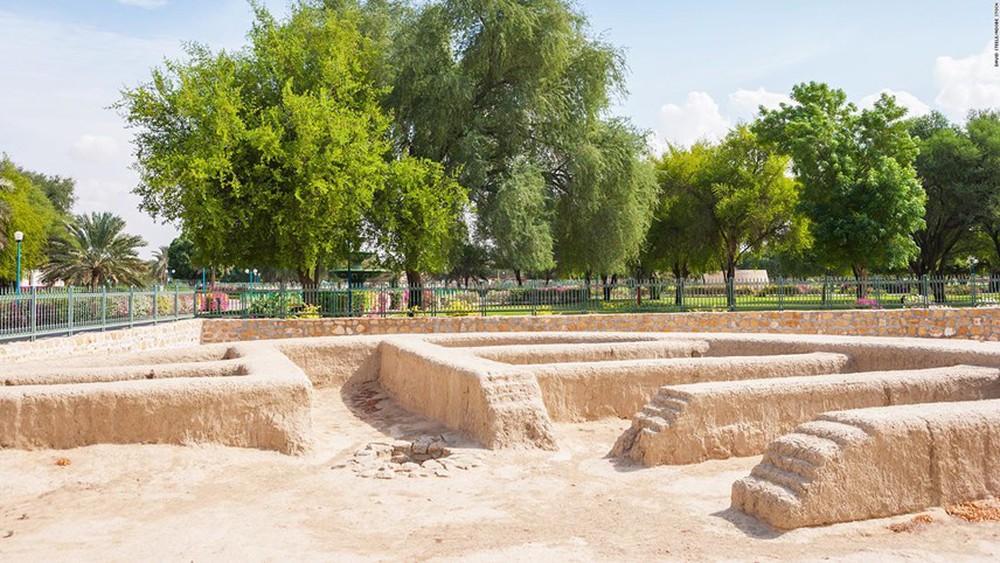
Hili Archaeological Park: Dating back to the Bronze Age, it is home to the UAE’s largest collection of tombs and structures from this period. Photo: CNN.
Archaeologists have discovered villages, burial grounds and agricultural infrastructure from the Umm an-Nar period, named after the island off the coast of Abu Dhabi, where vestiges of the culture are located. discovered for the first time.
It is also home to the UAE’s largest collection of tombs and structures from this period.
Jebel Hafit’s Catacombs
The Jebel Hafit Tomb shows the importance of maritime trade across the Arabian Gulf. In addition to being Abu Dhabi’s highest mountain, Jebel Hafit (Hafit mountain) is also home to about 500 tombs dating back more than 5,000 years, marking the beginning of the Bronze Age in the UAE.
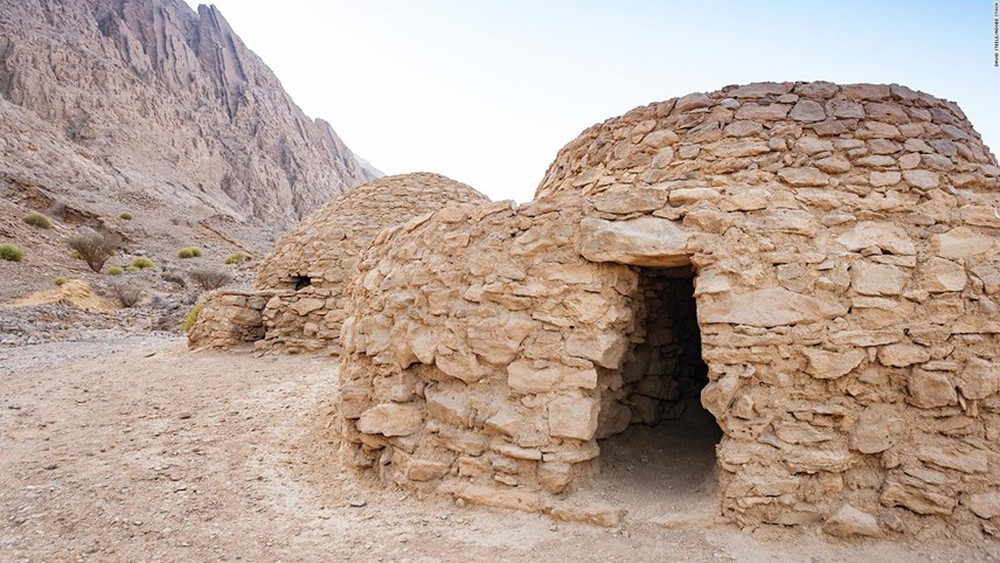
Jebel Hafit Tomb: Discovered in 1959, these 5,000-year-old tombs mark the beginning of the Bronze Age in the UAE. Photo: CNN.
First discovered through excavations in 1959, archaeologists have found ceramic vessels and bronze artifacts in igloo-like tombs that show the importance of maritime trade across the country. Arabian Gulf.
Tour guide Leslie calls this one of Abu Dhabi’s “hidden gems”.
“Although the UAE is a relatively young country, there are ancient finds that prove that the area was once a thriving place of activity, a place of history.”
Maqta Fortress

Maqta Fort: This 18th-century fortress at the gateway to Abu Dhabi’s main island, was built using basic materials like coral, beach rock and sand. Photo: CNN.
This small but important fortress located at the gateway to the main island of Abu Dhabi, was built in the late 18th century using basic materials such as coral, beach and sand stones and its towers will guard and protect Abu Dhabi for many years to come.
“While Qasr al Hosn has developed into a site of great importance to locals, Maqta Fort has become a stopover for those coming to Abu Dhabi,” says Leslie.
Al Ain Palace Museum
Once the home of the late President Sheikh Zayed, the first President of the UAE, Al Ain Palace was inhabited by the ruling family until the 1960s before they made the emirate’s city their permanent home. their as the main island of Abu Dhabi is transformed into the economic and political capital.
Life inside the mansion, which is considered a memory of a time before oil was discovered in the mid-20th century.
While not “old” compared to other sites in the emirate – the oldest building at the complex is from 1937 – it is made of traditional materials of the era, dotted with intervals. Traditional courtyards typical of the area during that time.
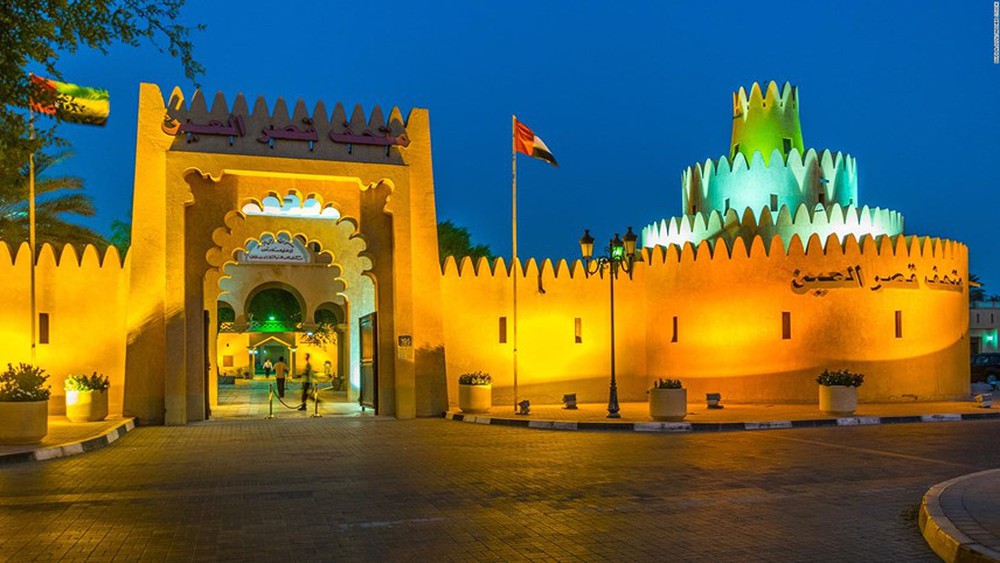
Al Ain Palace was once the residence of the ruling family of the UAE. Photo: CNN.
The important connections between the past and the present demonstrate an appreciation of Abu Dhabi’s rapid transition from Bedouin-era life to modern life of affluence.
“If you are a history buff and want to learn about the royal family and the traditional architecture of this period, this is the perfect place to go,” said Shamsa Al Naqbi, an ethnic minority tour guide. kingdom said.
“It’s an insight into the life of the royal family, their rooms, the architectural style, the items they will use, so it’s a really great place to visit. visit to see the real history of the UAE. It also really shows the transition our ancestors made to the modern UAE that we have today.”
Sir Baniyas . Island Church and Monastery
A little further from the tracks is Sir Baniyas Island in the West, accessible by boat or flight from Abu Dhabi via the resort of Anantara, the remote island’s tourism manager.
Discovered in the early 1990s, the church and monastery are the only pre-Islamic Christian sites found in the UAE, Leslie explained. It’s the source of hundreds of artifacts that provide a fascinating insight into life during this period.
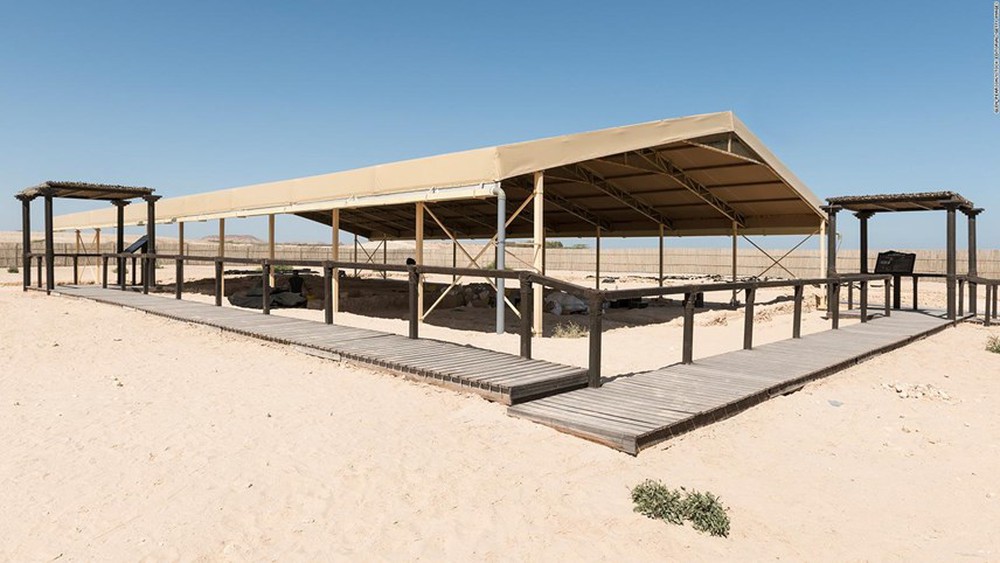
Church and Monastery of Sir Baniyas Island: The ruins of a pre-Islamic Christian monastery were discovered in the 1990s. Photo: CNN.
She said: “Like life in the UAE before the discovery of oil, the inhabitants of this settlement used the sea as their source of food. They also raised animals such as sheep and cattle and traded. across the Arabian Gulf and into the Indian Ocean”.
Sir Baniyas Island is now a wildlife sanctuary, home to a variety of protected animals from the oryx to the Arabian antelope that visitors can witness first-hand hunting.
at Blogtuan.info – Source: Soha.vn – Read the original article here



